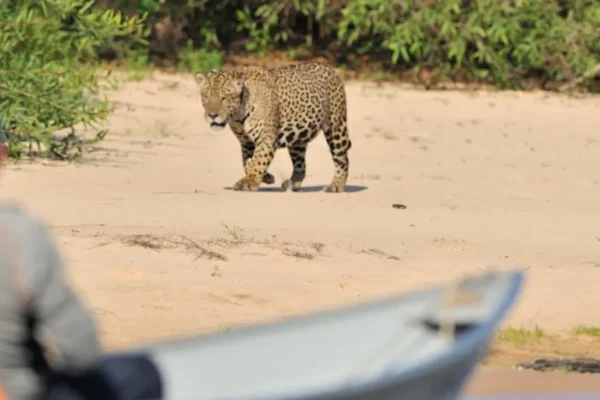Embarking on a Kenya safari is a bucket-list adventure for many travelers. Whether you’re captivated by the idea of seeing the Big Five in the wild or drawn to the breathtaking landscapes of Kenya’s national parks, planning a Kenya African safari requires some preparation. To ensure your safari is as smooth and unforgettable as possible, here’s a guide with essential tips for your journey into the heart of the African wilderness.
1. Choosing the Right Time to Go
Timing is everything when planning a Kenya safari. While wildlife can be seen year-round, the dry season from June to October is the best time for game viewing. During this period, animals gather around water sources, making it easier to spot them. Additionally, if witnessing the Great Migration in the Masai Mara is on your wishlist, plan your Kenya African safari between July and September when millions of wildebeest cross the Mara River.
That said, the wet season (November to May) also has its perks. The landscape is lush, baby animals are born, and bird-watching opportunities are excellent. Plus, with fewer tourists around, you’ll experience a more peaceful safari at a lower cost.
2. Deciding on Your Safari Destination

Kenya offers a range of diverse safari destinations, each with its unique charm. The Masai Mara is undoubtedly the most famous, but other parks like Amboseli, known for its stunning views of Mount Kilimanjaro, and Tsavo, the largest park in Kenya, provide equally thrilling experiences. The Laikipia Plateau and Samburu National Reserve also offer incredible wildlife viewing in more remote, off-the-beaten-path settings. Your Kenya safari should include a mix of these regions to get a full experience of Kenya’s biodiversity.
3. Selecting Your Safari Style
Kenya offers a variety of safari styles to suit different preferences and budgets. For those seeking luxury, Kenya’s safari lodges and tented camps provide comfort and elegance in the heart of the wild. You can expect spacious tents with ensuite bathrooms, fine dining, and activities like bush dinners and hot air balloon rides.

If you’re on a tighter budget, a more basic camping safari might be the way to go. While the accommodations are simpler, you’ll still experience the magic of a Kenya African safari, sleeping under the stars and waking up to the sounds of the bush.
There are also fly-in safaris, where you take small planes between parks to maximize your time in the wilderness. This is an excellent option if you’re looking to cover multiple destinations without long road transfers.
4. Packing Essentials for Your Kenya Safari
Packing for a Kenya safari can be a bit tricky, especially with weight limits on small planes. To make sure you’re prepared, focus on light, neutral-colored clothing that blends in with the environment and protects you from the sun. Long-sleeved shirts and pants are a must for protection against the sun and insects, particularly in the evenings.
Don’t forget essentials like a wide-brimmed hat, sunglasses, sunscreen, and insect repellent. Binoculars are also a must for spotting wildlife in the distance. While many safari vehicles provide them, having your own ensures you don’t miss a moment. Finally, pack a good camera with a zoom lens—safaris offer once-in-a-lifetime photo opportunities!
5. Understanding Safari Etiquette
While a Kenya African safari is all about adventure and excitement, it’s essential to follow certain guidelines to protect both yourself and the wildlife. Always listen to your guide and remain in the vehicle unless you’re in a designated area where it’s safe to walk.
Respect the animals by keeping your distance and avoiding loud noises. Kenya’s wildlife is majestic, and watching them in their natural habitat is a privilege—remember that we are visitors in their home. Your guide will ensure that you get close enough for great viewing while maintaining a safe and respectful distance.
6. Staying Safe and Healthy
Traveling to Kenya for a safari is generally safe, but it’s essential to take a few precautions to ensure your health and safety. Vaccinations such as yellow fever, typhoid, and hepatitis A are recommended, and you may need to take malaria medication, depending on the areas you’ll be visiting.
Travel insurance is also a must for any Kenya safari to cover unexpected medical or travel emergencies. Lastly, always drink bottled water to avoid any potential stomach issues, and stick to reputable safari operators that adhere to high safety standards.
Conclusion
A Kenya African safari is an adventure like no other, offering the chance to connect with nature in its purest form. By carefully planning your safari, from choosing the right time and destination to packing the essentials and staying safe, you’ll set the stage for an unforgettable journey. Whether it’s your first time or a return visit, Kenya safaris are sure to leave a lasting impression and memories that will stay with you forever.





